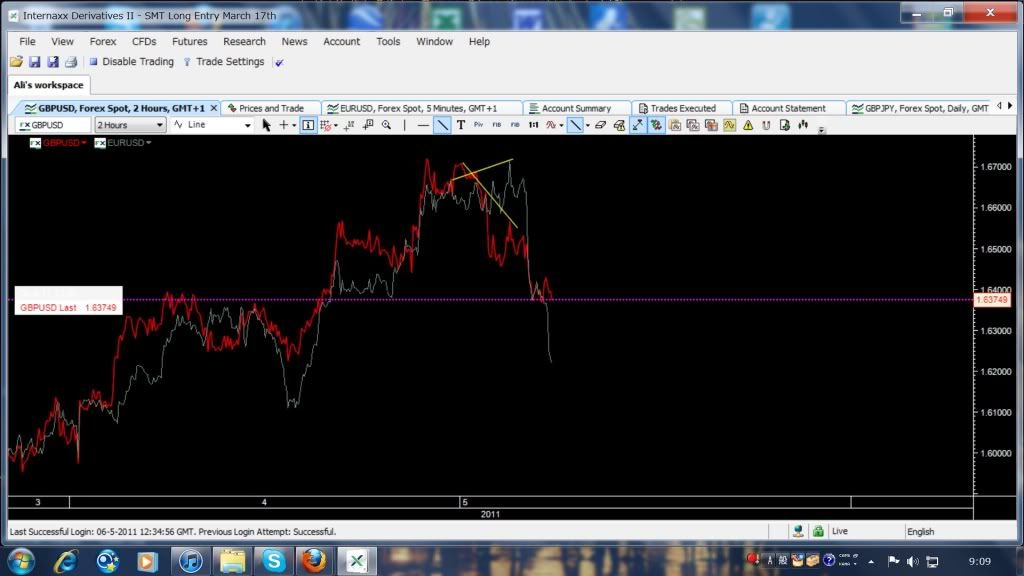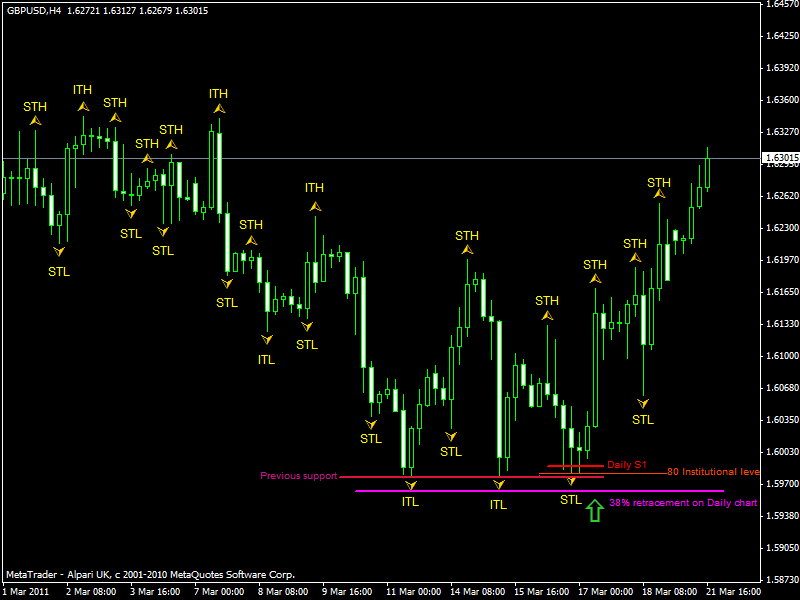Hi. To be honest I hope that I have not misled you: I intended my post to offer some generic encouragement that it is possible to negotiate the markets even in heavy news periods, and secondly to reinforce what I see as a key point that avoiding trading through big news announcements is important to sustained success, year on year.
I don’t trade the ICT strategy, although my approach does echo elements of it, from what I have read. I find this thread very helpful, and I like the positivity among the regular contributors, and ICT’s whole mindset appeals to me, so I find that the thread helps my trading. However, I must confess that I have not, yet, gone through the whole thread in detail (I came to it very late in the day) so do not know all the detail of the strategy, which is why I do not post specific setups on here, as I do not want to detract from ICT’s excellent thread or risk confusing people who think that I follow the strat. I do use Fib levels and S&R on most of my trades.
To answer your questions, I always risk 1% of my account on each trade, although one some of the trade I will scale in - in other words, if I place off the Daily, I will sometimes trail my Stop to B/E if I see another opportunity to enter on, say, the Hourly chart, which I will do with a further 1% risk, so my overall risk on the move is never more than 1%. For instance, I went Short on NZD/USD on 28/04 (think that was the date, anyway!), then earlier this week saw a further setup on the Hourly chart for the same pair. I trailed my Stop to B/E and entered a further 1% risk on the same pair, with the same TP as the original trade.
And yes, sorry, I am in the UK, so yes 0530-0830 GMT - tends to be a comparitively news-free zone as most people who drive the news are not talking to the Press at that time.
Sorry if my post implied that I follow the specifics of the ICT strategy, I intended it more to make the two wider points that I believed are relevant to Forex trading per se, rather than to any specific strategy. I will be clearer in future.






